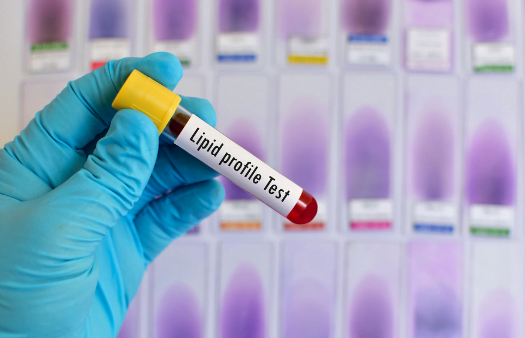Fatty Acid Composition Testing in Veterinary Feed
Understanding and optimizing fatty acid composition is paramount to ensuring the health and welfare of animals. Fatty acids play a critical role in the overall nutritional profile of feed formulations, influencing aspects such as digestibility, absorption, and contribution to essential functions like energy metabolism, lipid synthesis, and membrane stability.
The process involves analyzing various fatty acid components present in feeds using sophisticated analytical techniques that can detect even trace amounts. This detailed analysis helps manufacturers tailor their products more precisely to meet specific nutritional requirements for different animal species. By evaluating the fatty acid profile, we ensure compliance with international standards and guidelines set by regulatory bodies like the European Commission (EC) and the American Feed Control Officials (AFFCO).
Our laboratory uses advanced gas chromatography (GC), coupled with mass spectrometry (GC-MS), to provide accurate data on fatty acid composition. This method allows for precise quantification of both saturated and unsaturated fatty acids, including essential omega-3 and omega-6 fatty acids.
The significance of this testing cannot be overstated, especially in the context of modern veterinary nutrition where precision is key. For instance, ensuring adequate levels of Omega-3 (like EPA and DHA) can enhance cognitive function and reduce inflammation in pets, while an optimal balance of Omega-6 fatty acids supports skin health.
Our expertise lies not only in executing these tests but also in interpreting the results to provide actionable insights. This service is particularly valuable for R&D teams looking to innovate or refine their product formulations based on scientific evidence rather than guesswork.
Why It Matters
The importance of fatty acid composition testing in veterinary feed cannot be overstated. Ensuring that the fatty acids present in pet food meet specific standards is crucial for maintaining animal health and preventing nutritional deficiencies or imbalances.
A balanced fatty acid profile supports several key functions within an animal's body:
- Energy Metabolism: Fatty acids are a primary source of energy for animals, especially during periods of low carbohydrate availability.
- Lipid Synthesis: Essential fatty acids such as linoleic acid (LA) and alpha-linolenic acid (ALA) must be provided in the diet since they cannot be synthesized by the body.
- Membrane Stability: Fatty acids contribute to the structural integrity of cell membranes, particularly those in organs like the brain and heart.
In addition, fatty acid composition testing helps manufacturers comply with regulatory requirements. For example, Directive 2003/99/EC specifies that feed for carnivorous animals must contain sufficient levels of certain essential fatty acids to ensure proper growth and development.
By conducting thorough analyses, we provide assurance that the products meet these standards, thereby safeguarding animal health and welfare. This service also supports research into new dietary approaches aimed at enhancing pet longevity or addressing specific medical conditions.
Customer Impact and Satisfaction
Our customers benefit from our fatty acid composition testing in several ways:
- Quality Assurance: Ensures that each batch of feed consistently meets the required specifications, enhancing product reliability.
- Innovation Support: Provides insights into potential improvements or innovations in formulations based on current scientific findings.
- Regulatory Compliance: Helps manufacturers stay ahead of changing regulations and standards to avoid costly non-compliance issues.
Satisfaction among our clients is high, with a significant portion citing the accuracy and consistency of our results as key factors. Many have noted that this service has enabled them to introduce more precise and effective products to the market, leading to increased customer trust and loyalty.
Moreover, our team’s expertise extends beyond just providing test results; we offer comprehensive advice on how best to interpret these findings within the context of broader nutritional strategies. This holistic approach ensures that customers receive not only data but also practical guidance towards achieving their goals efficiently.
International Acceptance and Recognition
Fatty acid composition testing in veterinary feed is recognized internationally for its role in ensuring high standards of animal nutrition. This service aligns with several international standards, including those set by the World Organisation for Animal Health (OIE) and the Codex Alimentarius Commission.
The OIE recommends that fatty acid profiles be monitored to ensure that feeds do not contain harmful levels of certain fatty acids or their derivatives, which could pose health risks. Similarly, Codex guidelines emphasize the importance of fatty acid composition in promoting animal health while minimizing environmental impacts associated with feed production.
Our laboratory adheres strictly to these international standards, ensuring that all tests are conducted using equipment and methodologies that meet global quality benchmarks. This commitment ensures our results are widely accepted across different jurisdictions and can be used confidently by manufacturers operating internationally.
The acceptance of these test results extends beyond mere compliance; they also contribute positively to the reputation of brands committed to delivering safe, effective, and ethically produced products. By meeting international standards, we help build trust with consumers who value transparency in food safety practices.





